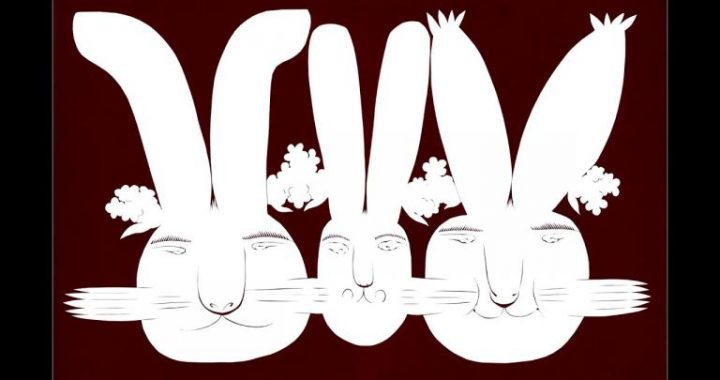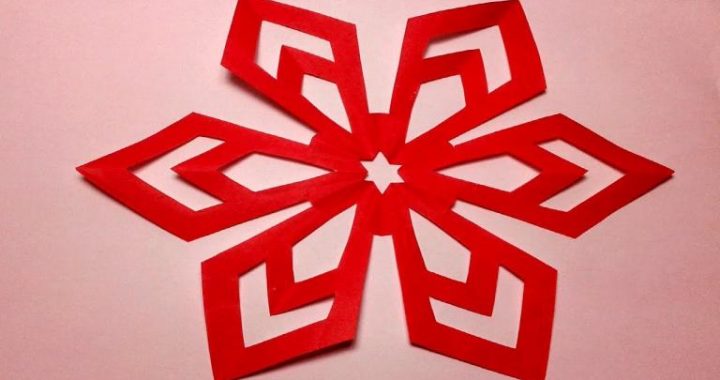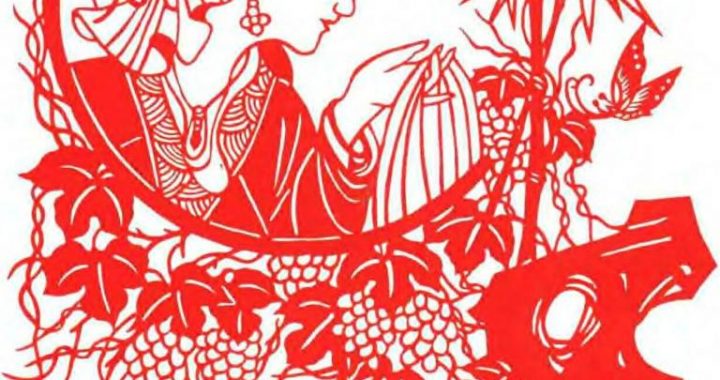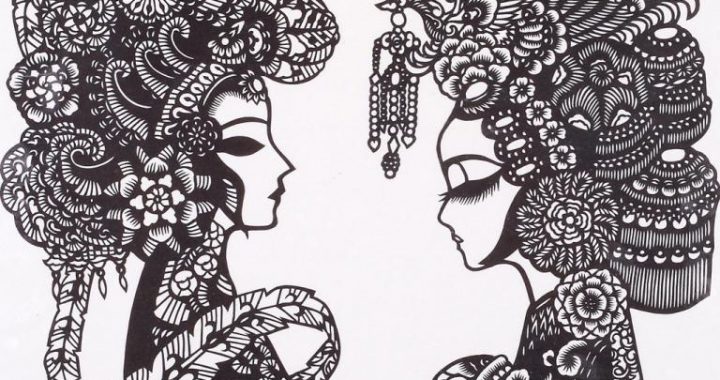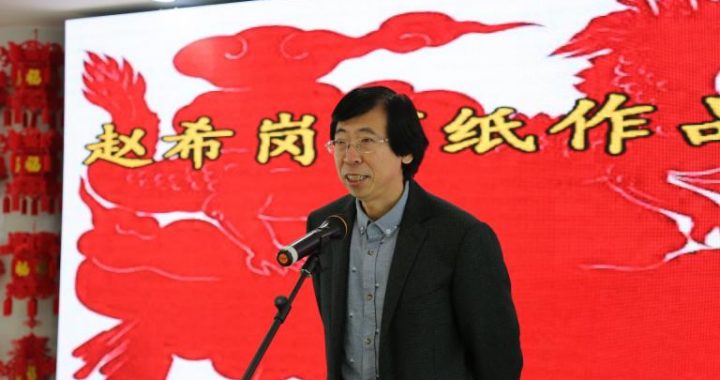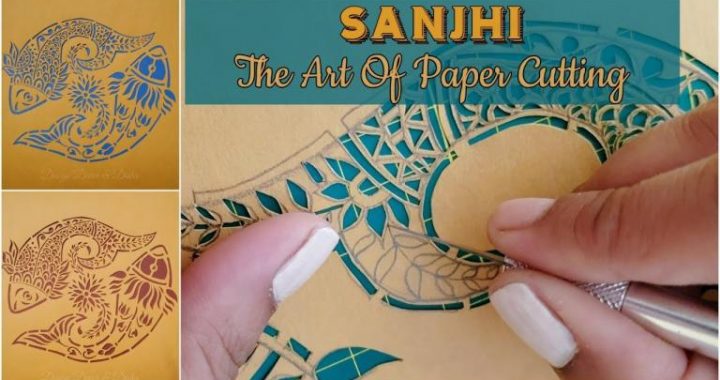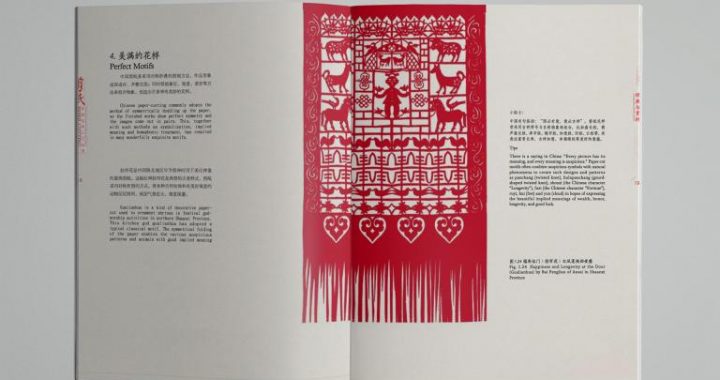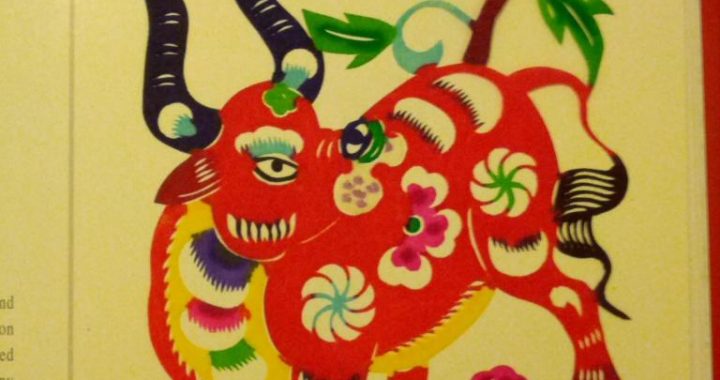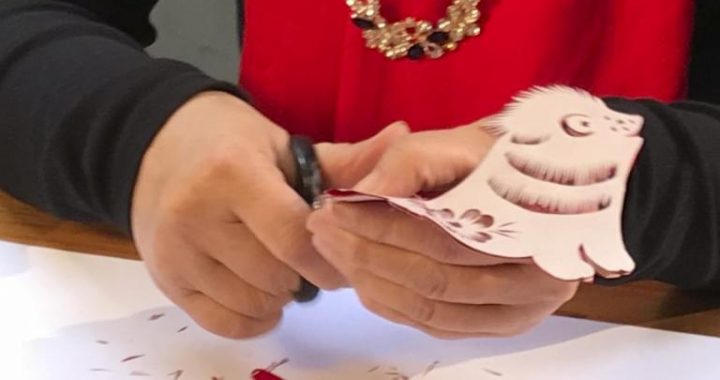Ivory Carving
3 min readEarly in the Neolithic Age, the Chinese ancients already started to use articlesmade of bones, fangs, and horns from animals along with stoneware, wooden articles and pottery ware. Materials for carving taken from animals are mostly ivory. The animal-mask patterned ivory cup inlaid with pine-and-stone design unearthed from the Fuhao Tomb in the Yin Ruins, Henan in 1976 can be called a representative of the Shang Dynasty ivory carving.
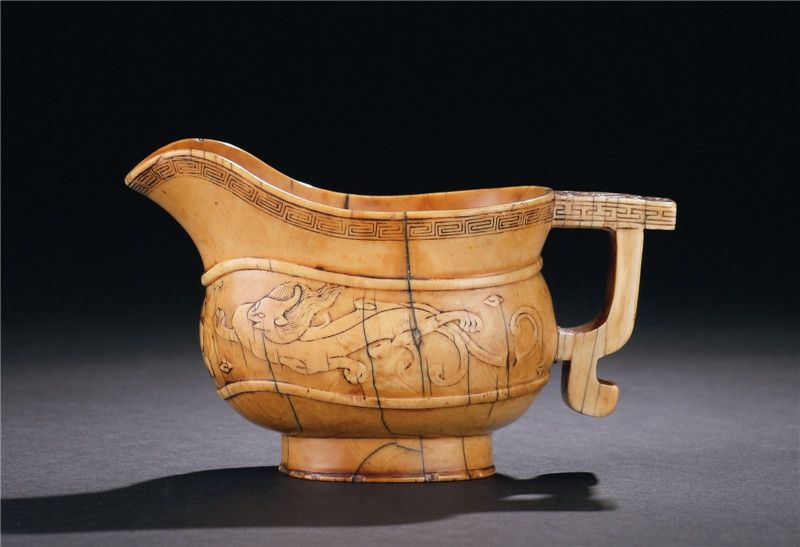
The ivory carving craft made rapid progress in the Song Dynasty, marked by the multi-cased ivory ball named “Superlative Workmanship”using fretwork process completed by the royal handicraft workshop. On the surface of the ball relief patterns are engraved; inside the ball are several hollow balls with different size one on top of the other. Each ball is engraved with exquisite and complicated designs, appearing delicate and refined.
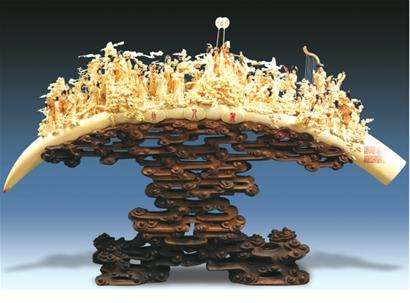
Ming-dynasty ivory carving: human figure,20 cm high, housed in Shanghai Museum.
Qing-dynasty ivory filament plaited round fan housed in Palace Museum. It features the cleave-plaiting craft unique to Guangdong ivory carving.
In the Ming and Qing dynasties, economic and cultural exchanges with South Asia and Africa promoted. Ivory material was introduced to China. Then the ivory carving art entered a period of full bloom.
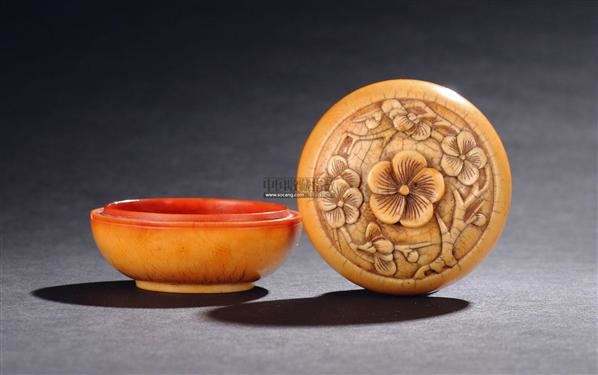
In the Ming Dynasty, ivory carving was mainly done in Beijing, Yangzhou and Guangzhou, and widely involved by the government, folk artisans, men of letters and refined scholars. Ivory artworks and other small-sized carved articles using bamboo, wood, gold, stone, etc. became rare curios and ornaments. At that time ivory and rhinoceros horn carvings made no difference to bamboo, wood, gold or stone carving so far as carving skills were concerned. Quite a number of craftsmen had no difficulty in carving using different materials, some were known as all-arounders in carving.
Ivory carving of twelve Chinese zodiac signs.
In addition to the common techniques such as single-line intaglio carving, round carving, relief carving, micro-carving, etc., there are three more unique skills in Chinese ivory carving: fretwork, cleaving-plaiting and inlaying-dyeing.
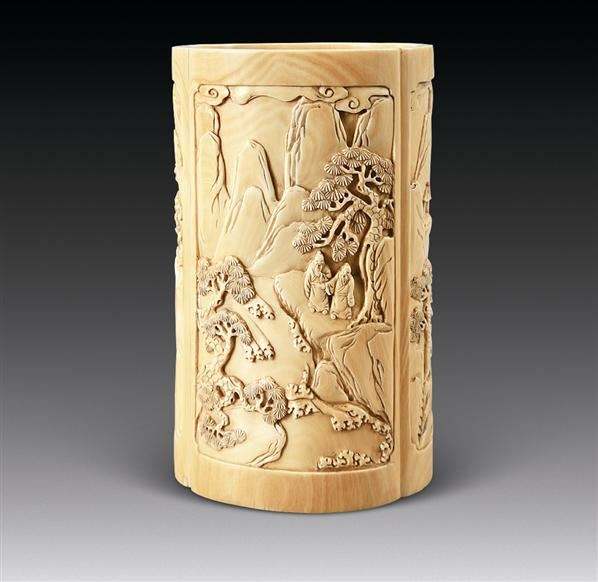
The most typical of fretwork item is the intricate hollowed out ivory balls. Some have dozens layers, cased one on top of another, each able to revolve. It is the quintessence of Chinese culture. The working procedures of cleaving-plaiting is, by making use of ivory’s properties of marvelous tenacity and fine grain, cleave ivory into even thin pieces and then plait into artworks such as mattresses, round fans, flower baskets, lampshades, etc. As ivory can only be cleaved into fine pieces in an environment with a temperate and moist climate, this kind of craft naturally becomesexclusive to the southern regions. Inlaying-dyeing craft has two different forms. One is to inlay other gorgeously colored substance on the surface of ivory items; the other is to inlay ivory pieces together with other bright substance such as precious stone, on designed patterns. Dyeing is able to improve the monotonous color, and to cover the defects of ivory, horn, etc. Inlay-dyeing enhanced the decorative effect of ivory carving items, making them more brilliant and graceful, more splendorous and colorful.
